
-
Hitta rätt mat för ditt husdjurGör det här testet för att se vilket foder som kan vara bäst för din pälskling.Hitta rätt mat för ditt husdjurGör det här testet för att se vilket foder som kan vara bäst för din pälskling.Utvalda produkter
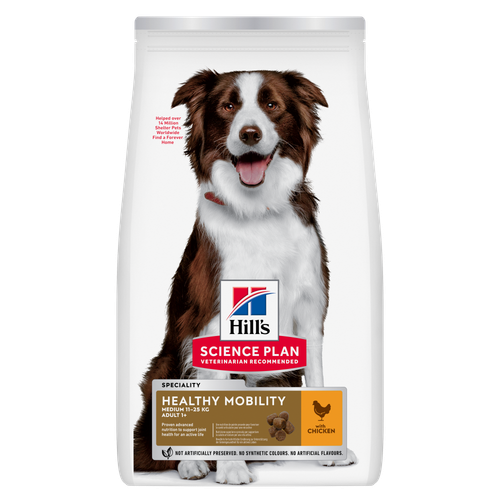 Healthy Mobility Medium Adult Hundfoder
Healthy Mobility Medium Adult HundfoderHill's Science Plan Healthy Mobility Medium Breed Adult Hundfoder med kyckling erbjuder en avancerad nutrition för att stödja ledhälsa och förbättra rörligheten. provides advanced nutrition to support joint health and improve mobility.
Handla nu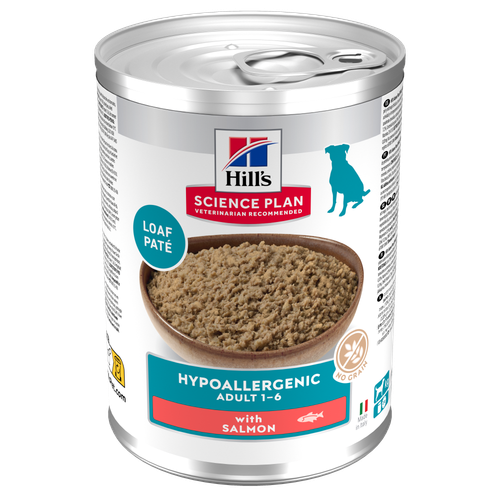 Hypoallergenic Adult Hundfoder
Hypoallergenic Adult HundfoderHill's Science Plan Hypoallergenic Adult våtfoder med lax är ett komplett helfoder av högsta kvalitet för alla vuxna hundar från 1 år och uppåt. Detta läckra våtfoder i burk är speciellt sammansatt för hundar med känslig hud och mage. Den innehåller en enda animalisk proteinkälla och är spannmålsfri.
Handla nu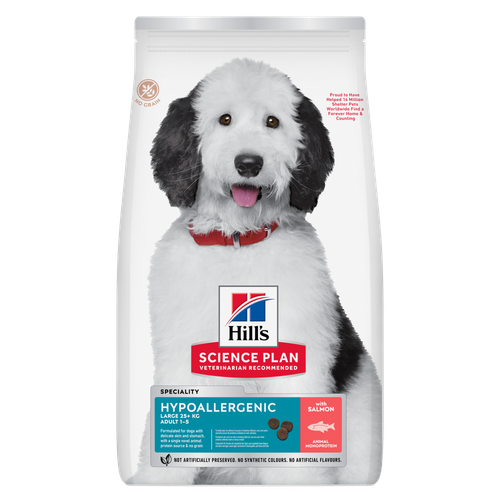 Hypoallergeniskt hundfoder för vuxna hundar med lax
Hypoallergeniskt hundfoder för vuxna hundar med laxHILL'S SCIENCE PLAN Hypoallergenic Large Breed Adult hundfoder med lax är ett komplett foder för vuxna hundar av stora raser i åldern 1–5 år. Det är särskilt framtaget för hundar med känslig hud och mage, med begränsade mängder högkvalitativa och nya proteinkällor samt utan spannmål.
Handla nuHälsotillståndUtvalda produkter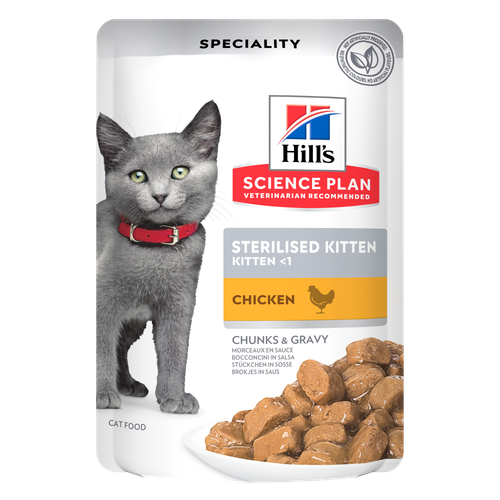 Sterilised Kattungefoder
Sterilised KattungefoderHill's SCIENCE PLAN Sterilised Kitten kattungefoder är skapat med Hill´s unika förståelse för de specifika behov som kastrerade kattungar har. Det bidrar med hög proteinkvalitet för muskelutveckling, med kontrollerat fett för att förebygga risk för övervikt efter kastrering. Dessutom har det en unik blandning av antioxidanter för att främja ett hälsosamt immunsystem för att stöjda din kattunges tillväxt.
Handla nu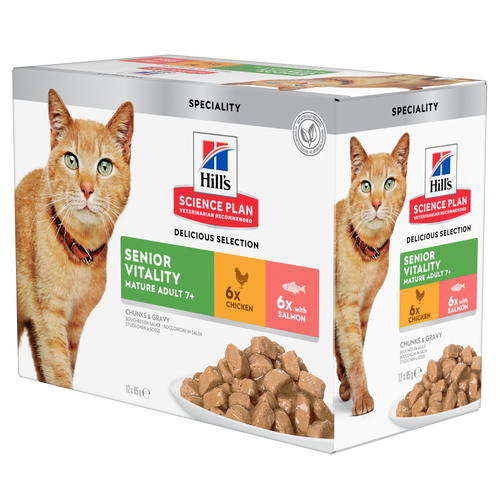 Hill's Science Plan SENIOR VITALITY KATTFODER Kyckling, med laxHandla nu
Hill's Science Plan SENIOR VITALITY KATTFODER Kyckling, med laxHandla nu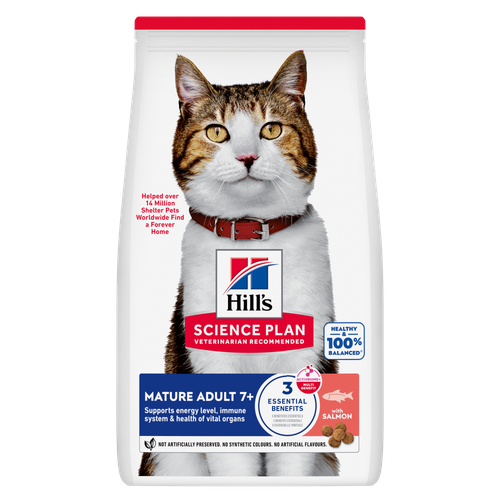 Hill's Science Plan Mature Adult Kattfoder Tonfisk
Hill's Science Plan Mature Adult Kattfoder TonfiskHill's Science Plan Adult kattfoder med lax är ett helfoder för äldre katter, speciellt utformat med ActivBiome+ Multi-Benefit teknologi.
Detta foder främjar ett värdigt åldrande hos katter och innehåller en synergistisk blandning av ingredienser som bidrar till att upprätthålla energi- och aktivitetsnivån.Handla nu -
Till hundägare
- Tips och artiklar
-
Hälsokategori
- Vikthantering
- Miljö- och foderöverkänslighet
- Urinvägar
- Matsmältning
- Leder
- Njurar
-
Hundens livsstadium
- Näring för valpar
- Näring för vuxna katter
- Näring för seniorer
Till kattägare- Tips och artiklar
-
Hälsokategori
- Vikthantering
- Hud- & foderöverkänslighet
- Urinvägar
- Matsmältning
- Njurar
-
Kattens livsstadium
- Näring för kattungar
- Näring för vuxna
- Näring för seniorer
Utvalda artiklar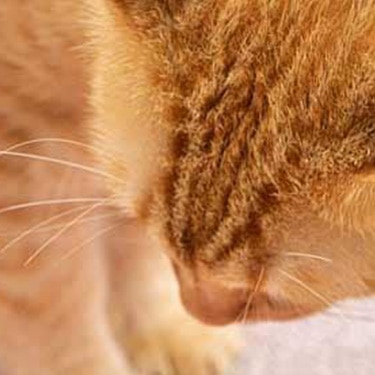 Kristaller och stenar i hund- och katturin
Kristaller och stenar i hund- och katturinLäs om orsaker till och behandlingar av kristaller i hund- och katturin för att bibehålla hundens eller kattens hälsa. För expertråd om urinvård, besök Hill's Pet Sverige.
Läs mer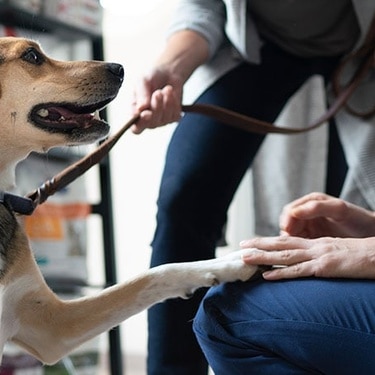 Viktförändringar hos hundar och katter - kan det vara ett sköldkörtelproblem?
Viktförändringar hos hundar och katter - kan det vara ett sköldkörtelproblem?En viktförändring kan tyda på ett problem med sköldkörteln. Läs mer om tecken, orsaker och vad du kan göra åt det.
Läs mer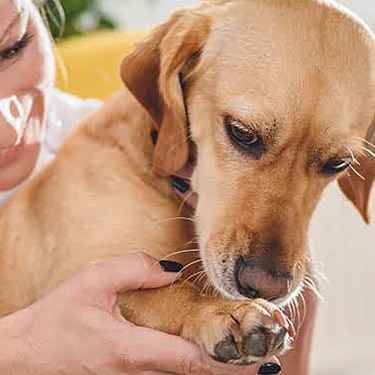 Virtual Vet Visits: What You Need to Know
Virtual Vet Visits: What You Need to KnowLearn the ins and outs of a televet appointment before you talk to a vet online.
Läs mer -


While what to feed may be clear (a balanced food appropriate for your cat’s lifestage and energy requirements), there are several opinions on which feeding method is best. However, many experts do agree that free-feeding, also called “ad lib feeding” or “free-choice feeding”, is less than ideal for several reasons including:
- In multi-cat households, free-feeding makes it nearly impossible to ensure that one cat is getting enough while preventing other cats from eating too much.
- A full food dish left out all day can encourage competitive behaviors or become a source of conflict in a multi-cat household.
- Ad lib feeding makes it difficult to monitor changes in eating behavior, often a distress signal in cats.
- Free-choice feeding encourages overeating, which can lead to excessive weight gain. Gaining too much weight will put your cat at risk for significant health problems such as osteoarthritis and diabetes mellitus.
- Free-fed cats can still gain weight on “weight loss” or calorie-controlled food when they overeat.
How you feed your cat is important to her health and quality of life
Since cats generally prefer eating smaller meals more often throughout the day, many experts recommend measuring out a daily ration based on the information given on the food’s label and dividing it into several small servings throughout the day. This is commonly called “portion feeding” or “measured feeding” and will satisfy her natural instinct for small, frequent meals, but avoid the inherent dangers that can accompany overfeeding.
Of course, for some cats – such as seniors, cats with a medical condition or growing kittens – free-feeding may in fact be a good choice. Ask your vet for feeding advice tailored for your individual feline friend.
Read the label
Cat food packages will usually show a simple chart (or have a few short sentences) outlining just how much to feed based on your cat’s weight. While lifestyle certainly comes into play – lounging in the sun burns fewer calories than clambering up a cat tree – the recommended feeding amount for your cat’s weight as listed on the label is the best starting point. It’s easy to adjust from there or ask your vet for feeding advice if you feel that your cat is unintentionally gaining, or even losing, weight. If you want your cat to slim down, simply feed the amount listed for her ideal weight instead of her current weight.
Those who like to mix food types - dry kibble and pouches or canned food, for example – will still find it quite easy to portion feed. Hill’s dry cat food labels include information on mixing food types for the optimum health of your cat, making it easy for you to feed her in the manner that you choose.


Smakrika tips
Kattungar kan behöva flera besök under sitt första år för vaccinationer. Vuxna katter har i allmänhet nytta av årliga kontroller, medan seniorkatter eller katter med särskilda behov kan behöva mer frekventa besök.
Keep it simple
If you’ve been free-choice feeding your cat and would like to switch to measured or portion feeding, it is important to make it easy on yourself. Here are a few friendly tips for simple success:
- Find the appropriate measuring tool: Whether it's a handy measuring cup from the food manufacturer or a stylish silver scoop, be sure that the size is right. Choose something that, when full or filled to a specific line, is just the amount your cat needs. This makes feeding quick and easy, and helps avoid the subjective “eyeballing it” approach that can vary depending on which family member is doing the feeding.
- Portion it out: Many owners find it useful to measure a daily amount into a cat-proof container (keeping a separate one for each cat), including any treats, and feed only what’s in the container each day. Use a chic glass jar or a simple plastic container that’s easy to clean – whatever you’ll enjoy using.
- Treat sensibly: If you like to give your cat treats, be sure to calculate them into the daily calorie intake to avoid caloric surprises that lead to weight gain. Read treat package labels for appropriate amounts and calorie info.
Save yourself some time
Feel like you haven’t got the time or schedule for multiple feedings? Hide her meals for her to find later. While she’s preoccupied with snoozing in the sun (or eating her breakfast) take a quick minute to hide several small meals around the house. On top of the bookcase, along the windowsill – feel free to get creative here. Hide food in places she frequents and can access freely. Keeping her actively searching and fulfilling her hunting instincts is a fun way to feed, but really works with dry kibble only since wet food may spoil if it sits out too long.
Counting cats?
While a single cat can be fed a daily portion once per day that’s left out for her nibble on whenever she wants, multiple cat households operate differently. Find a quiet out-of-the-way spot for each cat, where she is well out of sight of the others, to avoid greed or aggression issues. Supervise kitties’ teatime to be sure there are no greedy piglets in the crowd who may push a more timid housemate out of the way in order to steal a snack. By supervising, you will also stay on top of any changes in feeding habits. In multi-cat domains, this is important since these changes can often be one of the few clearly recognizable signs of a stress or health –related issue.


En av våra skribenter förberedde den här artikeln åt dig
Relaterade produkter

Hill's Science Plan Adult kattfoder med lax är ett helfoder för äldre katter, speciellt utformat med ActivBiome+ Multi-Benefit teknologi.
Detta foder främjar ett värdigt åldrande hos katter och innehåller en synergistisk blandning av ingredienser som bidrar till att upprätthålla energi- och aktivitetsnivån.


Hill's SCIENCE PLAN Sterilised Kitten kattungefoder är skapat med Hill´s unika förståelse för de specifika behov som kastrerade kattungar har. Det bidrar med hög proteinkvalitet för muskelutveckling, med kontrollerat fett för att förebygga risk för övervikt efter kastrering. Dessutom har det en unik blandning av antioxidanter för att främja ett hälsosamt immunsystem för att stöjda din kattunges tillväxt.
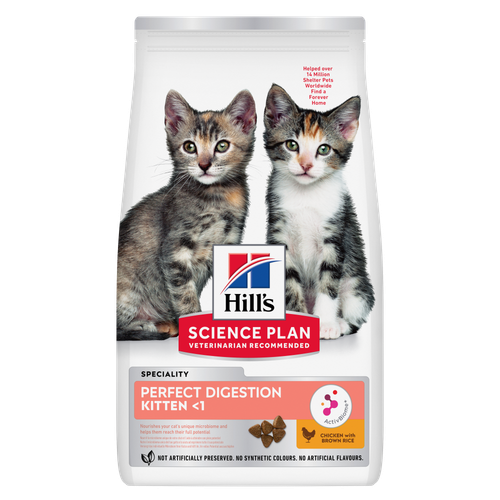
Hill's Science Plan Perfect Digestion Foder till Kattungar med Kyckling & Fullkornsris ger näring åt din kattunges unika mikrobiom och hjälper dem att nå sin fulla potential.
Relaterade artiklar

Upptäck roliga och engagerande spel för katter som även fungerar som bra motionskällor. Utforska spännande sätt att hålla din katt aktiv och underhållen!
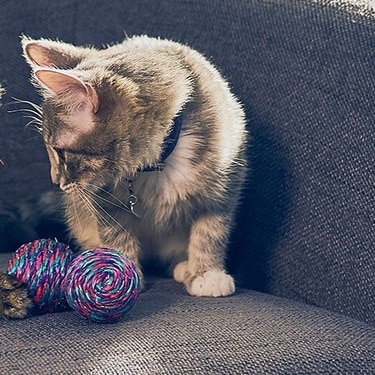
Are you looking to get your cat more active? Does she constantly look bored? Then you may want to consider using a food-dispensing (also known as treat-dispensing) cat toy, which provides both physical and mental stimulation during snack times.

Discover how to train your cat, starting with very basic first steps that both reward good behavior and discourage the bad. It
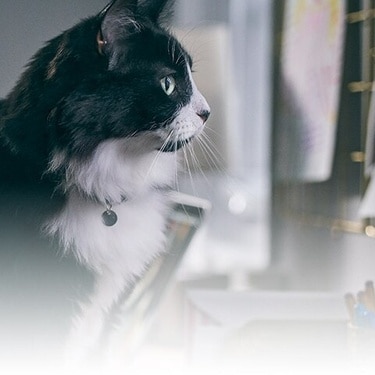
Lär dig mer om orsakerna till hårbollar hos katter och upptäck effektiva behandlingar för att hålla din katt frisk. Besök Hill's Pet Sverige för fler råd om katters hälsa.
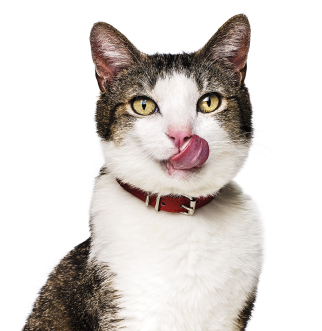
Sätt din katt på diet utan att den märker det
Vår kalorifattiga sammansättning hjälper dig att kontrollera din katts vikt. Den innehåller högkvalitativt protein för att bygga slanka muskler och är tillverkad med noga utvalda ingredienser för en smakrik och näringsrik måltid. Kliniskt bevisade antioxidanter, vitamin C+E, bidrar till ett friskt immunförsvar.
Sätt din katt på diet utan att den märker det
Vår kalorifattiga sammansättning hjälper dig att kontrollera din katts vikt. Den innehåller högkvalitativt protein för att bygga slanka muskler och är tillverkad med noga utvalda ingredienser för en smakrik och näringsrik måltid. Kliniskt bevisade antioxidanter, vitamin C+E, bidrar till ett friskt immunförsvar.

